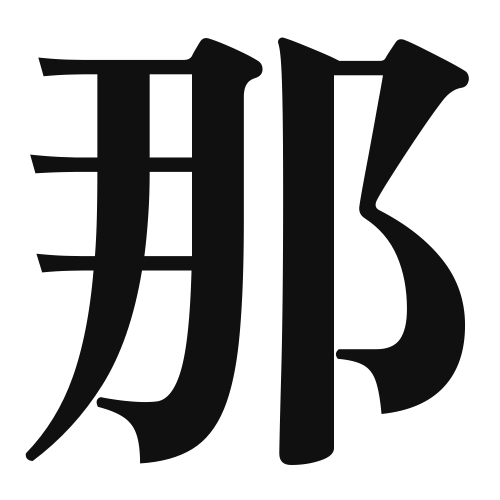1. Overview of Meaning
The kanji “那” (na) is often used to mean “what” or “which” in questions. It is commonly found in phrases that inquire about something or seek clarification.
2. Formation and Radical
Formation of the Kanji: The kanji “那” is classified as a phonetic-ideographic character (形声文字). It combines elements that suggest its meaning and pronunciation.
Radical: The radical for “那” is “那” itself, which is used in various kanji to convey similar meanings related to questioning or uncertainty.
3. Examples of Usage
Common Words and Phrases: “何” (nani) is a related kanji that also means “what.” “那” is often used in more formal or literary contexts.
Example Sentences in Daily Conversation:
- 「あなたは何をしていますか?」 (Anata wa nani o shiteimasu ka?) – “What are you doing?”
- 「それは何ですか?」 (Sore wa nan desu ka?) – “What is that?”
4. Synonyms and Antonyms
Similar Kanji: “何” (nani) is a synonym that also means “what,” but “那” is less commonly used in everyday conversation.
Antonyms: There are no direct antonyms for “那,” as it is primarily used in questioning contexts rather than conveying opposing meanings.
5. Cultural and Historical Background
Relation to Japanese Culture: The kanji “那” is often found in classical literature and formal writings, reflecting a more traditional use of the language.
Proverbs and Idioms: While “那” itself is not commonly featured in proverbs, its usage in questioning can be seen in various expressions that seek understanding or clarification.
